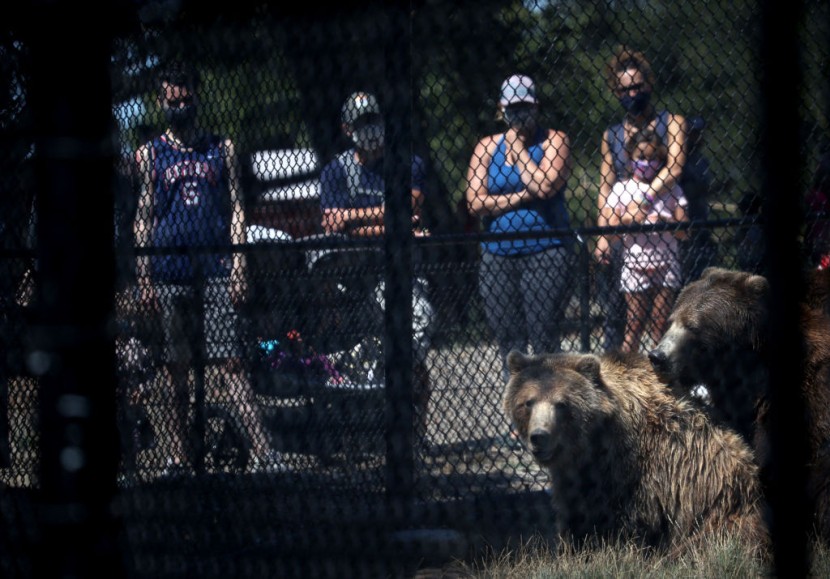
Marking the first-ever fatality from such an incident, a grizzly bear mauled a hunter at the Wrangell-St. Elias National Park and Preserve in Alaska, Sunday.
Based on the information from the National Park Service (NPS), the hunter was part of a team amid a moose hunting trip which was supposed to last for 10 days when the bear attacked them in the national park.
Authorities and park officials have not yet disclosed the identities of the hunter who died and his party. There have also been no further details about the incident that have been released.
At the moment, there is still an on-going investigation about the incident as reported by CNN on MSN. However, it has not been clear if the bear responsible for the death of the hunter has been captured or if there are efforts to look for the bear.
Located in south-central of Alaska, the vast and preserve, 13.2-million-acre is the largest United States, National Park. The area is occupying a combined six area of the Yellowstone or also known as the Yellowstone, Yosemite and the land size of the country Switzerland based on the data of the NPS. The park also elevates stretching from the sea level all the way up to the height of 18,008 feet at its peak of Mount St. Elias which is one of the tallest among North American Mountains.
Read also: Cave Sealed Off for 5 Million Years Contains 33 Blind Creatures, Surviving Without Oxygen
According to the statement released by the NPS with regards to the incident, when traveling in the backcountry of the area, visitors are encouraged to be Bear aware and take extra precautions while exploring the preserve such as carrying bear spray and the usage of Bear resistant Food containers to ensure safety all throughout the traveling period.
All three species of bear which is native to the North American region can be found in Alaska making the state so unique when it comes to this animal.
Based on the information of the Alaska Department of Fish and Game, Brown bears can be found in coastal areas of the state, while the related Grizzly bear subspecies inhabits and can be witnessed in the interior part of the state and the Arctic regions, People reported.
On the other hand, Polar bears are living on a different side of the state, inhabiting at the northernmost Arctic coastal regions of the state while the smallest of three, the Black bear is most widely distributed and can be spotted both at the forest area and coastal part of the state.
On the information given by the NPS, most bears tend to avoid humans and related fatal incidents are considered very rare. According to a study which was published in 2019, between the years of 2000 up to 2017, there are only 10 incidents that led to a fatality that can be linked to the bears in Alaska.
Lastly, the NPS shared and reminded the public who will be visiting or living in the area that a bear will leave people alone if they will only maintain and give enough or sufficient space for the animal.








